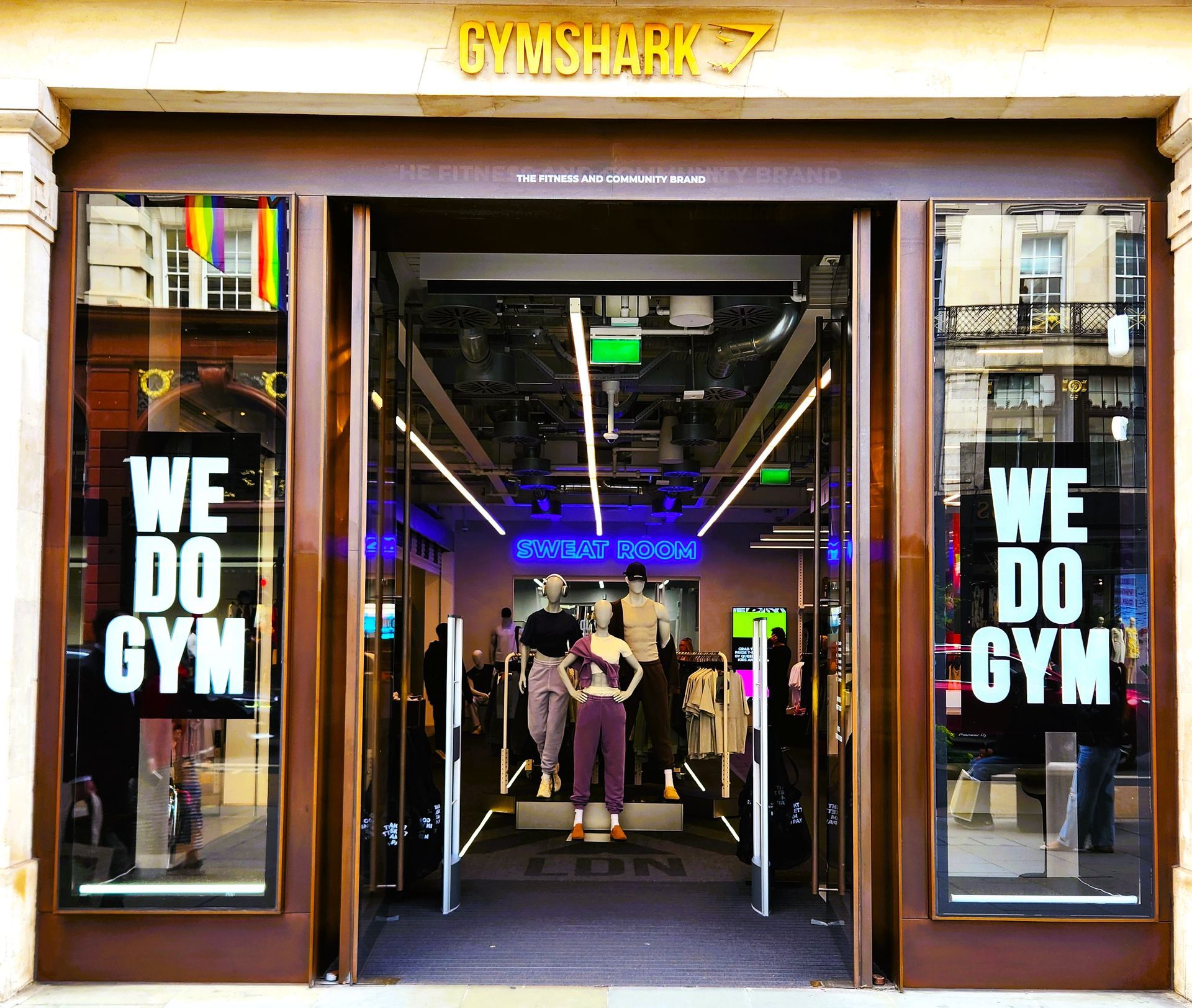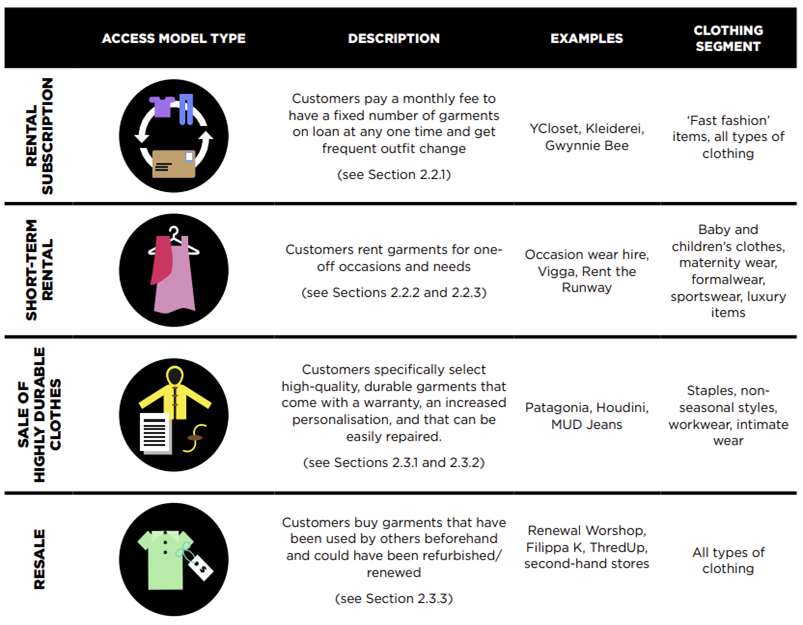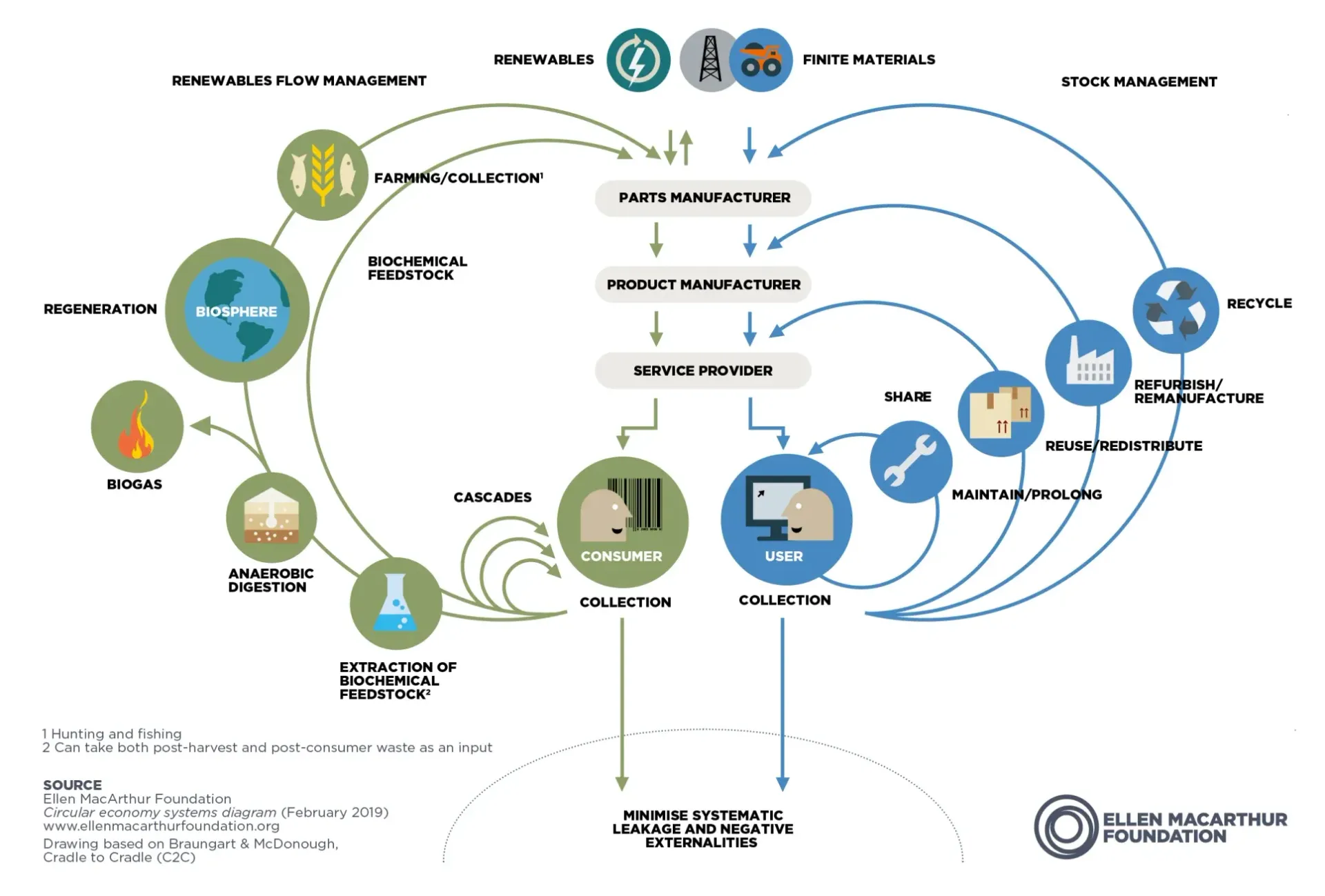FOUR CRITICAL PILLARS FOR FASHION SUSTAINABILITY STRATEGY DESIGN

FOUR CRITICAL PILLARS FOR FASHION SUSTAINABILITY STRATEGY DESIGN
Sustainability has become a critical issue in the fashion industry as the sector's environmental and social impacts have become increasingly apparent. With global fashion production projected to increase by over 60% by 2030, the industry must take a more sustainable approach to ensure its long-term viability. Achieving sustainability in the fashion industry requires a multi-pronged approach that addresses several critical elements, including setting the strategic direction, setting clear plans and investments in scopes 1,2,3, building trust in products, and measuring and performing the strategy.
1. Setting the strategic direction.
This is the fashion industry's first critical element of sustainability. The industry must develop a clear and comprehensive sustainability strategy that outlines its goals, targets, and initiatives. The strategy should be aligned with the United Nations Sustainable Development Goals (SDGs) and prioritise the industry's most significant environmental and social impacts. For example, the industry's significant ecological effects include water usage, chemical pollution, and waste generation. Its social impacts include labour exploitation, unsafe working conditions, and human rights violations.
A clear sustainability strategy should be based on a thorough assessment of the industry's current sustainability performance and its potential for improvement. Stakeholder engagement and collaboration with suppliers, customers, and civil society organisations should also inform the strategy. Additionally, the strategy should be integrated into the industry's broader business strategy and be supported by senior leadership and management.
However, a recent analysis by Smurfit-Kappa in 2022 of more than 400 organisations in the retail and consumer products industry and an in-depth survey of sustainability leaders of some of those organisations, the study revealed six critical barriers to their organisations’ initiatives:
· Inconsistent data access.
· Lack of supply-chain data transparency.
· Weak internal alignment.
· Lack of measurable targets.
· Complexity of identifying solutions.
· Difficult funding access.
2. Setting clear plans and investments in scopes 1,2,3.
The fashion industry's sustainability challenges extend beyond its operations to include the entire supply chain, product use, and disposal. Therefore, the industry must set clear plans and investments for these three scopes, setting targets and metrics on a leadership level and cascading down to the whole organisation.
In scope 1, the industry must reduce environmental impacts by minimising energy use, water consumption, and waste generation. This can be achieved through various measures, including improving production efficiency, using renewable energy sources, and implementing waste reduction and recycling programs.
In scope 2, the industry must work with its suppliers to reduce their environmental impacts by encouraging them to adopt sustainable practices and providing support and incentives. The industry can also work with its suppliers to reduce their social effects by promoting decent working conditions, fair wages, and human rights protections.
In scope 3, the industry must focus on reducing the environmental impacts of its products throughout their lifecycle, from sourcing and production to use and disposal. This can be achieved by using sustainable materials, designing products for durability and recyclability, and promoting responsible consumer behaviour.
Following the findings of the Smurfit-Kappa analysis, the priority investments made by the organisations’ leaders surveyed are:
· Packaging innovation.
· Machinery/tools upgrade.
· Data and analytics technologies.
· Cross-sector partnerships.
· Green investments.
· External sustainability audits.
3. Building trust in products.
Consumers are becoming increasingly concerned about the environmental and social impacts of the products they purchase, and the fashion industry must respond by building confidence in its products. According to one 2022 study, more than half of consumers globally say that the Covid-19 pandemic motivated them to adopt a more sustainable lifestyle; nearly 70% are worried about climate change. And they expect brands to demonstrate similar concerns and responses. The study reveals that consumers are more likely to reward businesses that can robustly show the impact of their actions to become more sustainable – and as standards of transparency improve, companies found to be ‘greenwashing’ are likely to be punished for it.
To build confidence in products, organisations must include measures such as:
Using sustainable materials: The fashion industry can build trust in its products by using sustainable materials such as organic cotton, recycled polyester, and regenerated nylon. These materials have lower environmental impacts than traditional materials and are increasingly available from suppliers.
Communicating sustainability: The industry can also build trust in its products by sharing its sustainability efforts with consumers. This can be done through various channels, including product labelling, marketing campaigns, and sustainability reports.
Certifications and standards: The fashion industry can also build trust in its products by obtaining certificates and adhering to sustainability standards. Such certifications include the Global Organic Textile Standard (GOTS) and the Responsible Wool Standard (RWS). On the other hand, well-renowned standards are ISO 14001, EMAS or B-corp.
4. Measuring and performing the strategy.
The sector must measure its sustainability performance regularly and use this information to assess its progress and identify areas for improvement. The industry can use various sustainability metrics, such as carbon emissions, water usage, and waste generation, and social impact metrics, such as worker safety, fair wages, and human rights protections.
The fashion industry should implement robust data collection and reporting systems to measure and perform the sustainability strategy effectively. This involves gathering data from various supply chain stages, including raw material sourcing, production, transportation, and retail. Furthermore, the industry must perform its sustainability strategy by implementing sustainable practices throughout its operations and supply chain. This requires the industry to invest in sustainable technologies, train its workforce on sustainable practices, and collaborate with suppliers and stakeholders to achieve shared sustainability goals.
The proper measurement framework is critical to succeeding in this area, ensuring clarity and transparency in the metrics and reporting system. The Science-Based Target Initiative (SBTi) provides a framework and criteria for companies to set science-based targets (SBTs) for reducing their GHG emissions. SBTs are emissions reduction targets that align with the decarbonisation level required to keep global warming below 2 degrees Celsius. SBTi is a collaborative initiative launched in 2015 by CDP, the United Nations Global Compact (UNGC), the World Resources Institute (WRI), and the Worldwide Fund for Nature (WWF).
In conclusion, achieving sustainability in the fashion industry requires a multi-pronged approach that addresses several critical elements, including setting the strategic direction, setting clear plans and investments in scopes 1,2,3, building trust in products, and measuring and performing the strategy. By adopting sustainable practices throughout its operations and supply chain, the industry can reduce environmental and social impacts, build consumer trust, and secure long-term viability. With the support of stakeholders, the fashion industry can work towards a more sustainable future for all. To ensure the effectiveness of its sustainability strategy, the fashion industry must also regularly review and update it to reflect changing environmental and social conditions and emerging best practices.
All Rights Reserved | Retail Consulting & Advisory Services Ltd.
Ismael Gonzalez - Founder & Managing Director
© 2022 Retail Consulting & Advisory Services LTD. Company Registration Number 14234794. Privacy Policy









